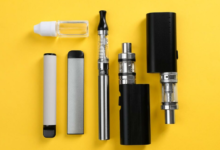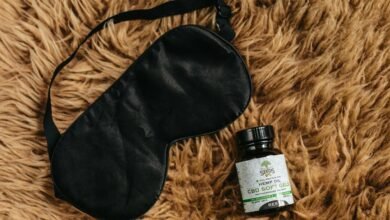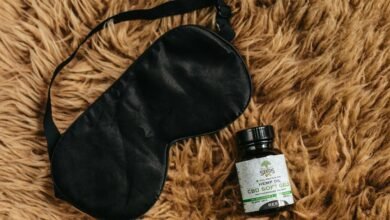How Long Does CBD Last in the Blood and Urine?

The duration CBD remains detectable in the blood and urine varies significantly. Typically, it can be found in the blood for 1 to 2 days and in urine for up to a week or longer. Several factors influence these detection times, including dosage, frequency of use, and individual metabolism rates. Understanding these variables is crucial for users, especially in contexts where drug testing may occur. The implications of these findings warrant further examination.
Factors Influencing CBD Detection Time
While the duration CBD remains detectable in blood and urine can vary, several key factors significantly influence this detection time.
Dosage effects play a crucial role, as higher amounts may prolong detection.
Additionally, individual variability, including metabolism, body composition, and frequency of use, further impacts how long CBD remains in the system.
These factors collectively determine the overall detection timeline for CBD.
CBD Metabolism and Elimination Process
Understanding the metabolism and elimination process of CBD is vital for comprehending how long it remains detectable in the body.
CBD absorption rates vary based on the method of consumption, influencing its half-life. Generally, CBD is metabolized in the liver, where it undergoes conversion to various metabolites.
These factors collectively determine the duration CBD stays in the bloodstream and urine.
Testing Methods for CBD in Blood and Urine
Although various methods exist for testing CBD in blood and urine, each technique offers distinct advantages and limitations.
Common approaches include gas chromatography and enzyme-linked immunosorbent assays, which impact CBD testing accuracy.
Urine sample collection is often preferred for its non-invasive nature, while blood testing may provide more precise quantification of CBD levels.
Understanding these methods is essential for informed decisions regarding CBD use.
Implications for Users and Drug Testing
As CBD use becomes more widespread, its implications for users, particularly regarding drug testing, warrant careful consideration.
User experiences reveal varying effects on test results, often leading to confusion over legal implications. While CBD itself is legal in many regions, products containing THC can trigger positive drug tests, highlighting the need for users to be informed about the composition of their CBD products.
Conclusion
In the intricate dance of CBD within the body, its presence ebbs and flows, lingering in the blood for a fleeting day or two, while taking refuge in urine for a week or more. Factors such as dosage, frequency, and individual metabolism weave a complex tapestry of detection times. As users navigate this landscape, awareness becomes crucial, ensuring that the invisible thread of CBD does not entangle them in unexpected consequences during drug testing.






